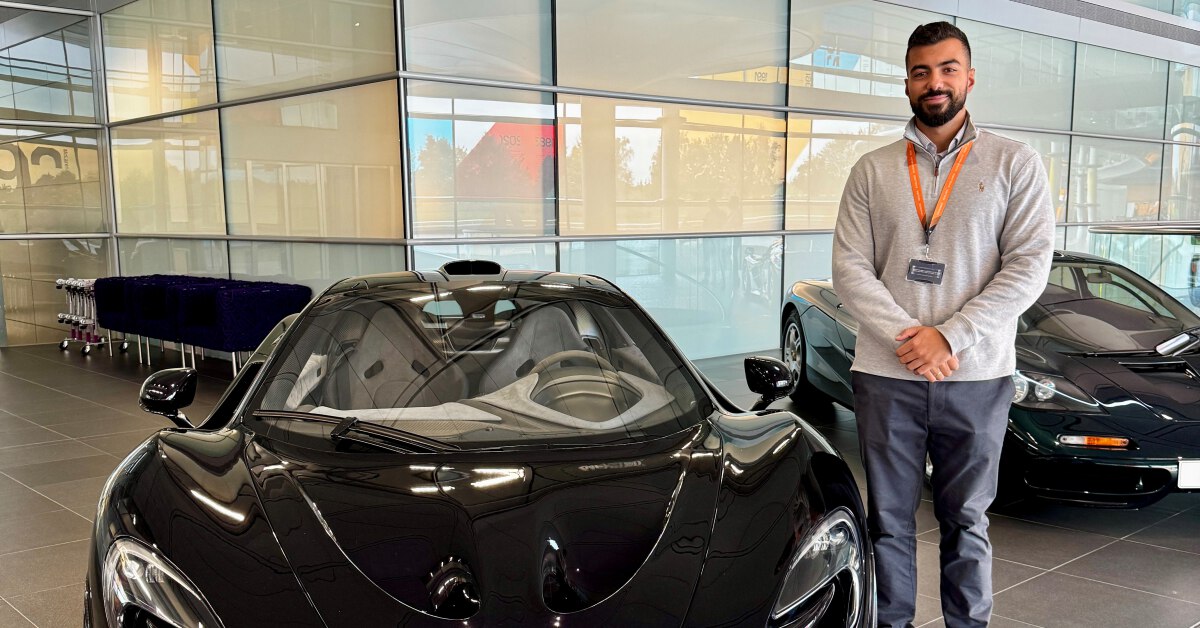Green Week, 14 – 18 November – top tips for reducing food waste
14/11/2016

The University produces around 70 tonnes of food waste per year. This week it’s Green Week, so here are a few tips to save food and money…
Did you know that each year we send nearly 70 tonnes of food waste from our Cranfield campus catering facilities for anaerobic digestion?
The methane-rich biogas produced by anaerobic digestion is captured for use in a combined heat and power (CHP) plant to produce electricity and heat. No methane is released into the atmosphere. As a result, carbon is saved through the displacement of energy from fossil fuels.
The residual material from the anaerobic digestion process (biofertiliser) is also used instead of fossil-fuel derived fertilisers. This gives further carbon savings.
But however good this process is, it’s far better for the environment to stop food from being wasted in the first place. Food waste collections at the moment do not extend to our self-catering accommodation. However, we will be introducing separate food waste collections over the academic year. In the meantime, you can help by reducing the amount of food waste you produce, help the environment and save money on your food bill.
In fact you can save on average up to £60 a month by throwing away less food.
Eight top tips
Here are some tips for reducing food waste (as recommended by ‘Love Food, Hate Waste’):
1. Did you know that you can still eat food after the ‘best before’ date?
The ‘best before’ is a recommendation. You cannot eat food after the ‘use by’ date. As the for the ‘display until’ date – you can ignore this as it is for the store use only. You can also extend the life of food by freezing it. Once defrosted, consume within 24 hours.
For more information, please go to http://www.lovefoodhatewaste.com/content/date-labels-infographic
2. Plan your meals to make the most out of food.
Make sure you write your shopping list in advance and stick to it. Have a look the two-week meal planner for some recipe suggestions: https://www.lovefoodhatewaste.com/content/two-week-menu.
3. Why not share a meal with friends and take turns to cook?
Cooking for a single person and not having left overs is difficult and wastes food. This will help to feed other students very cheaply and is less wasteful.
4. Remember left meals can still taste good the next day.
As long as it is refrigerated. You can also freeze left over meals.
5. Store food correctly to keep it fresh for longer.
Apples go in the fridge, potatoes go in a cool, dark place. Store bread in a cupboard or freezer. Remember you can freeze almost anything. Your freezer acts as a pause button and can store food safety for a long time – it is usually recommended that you eat food within 3-6 months of freezing – check the labels for advice or take a look at https://www.lovefoodhatewaste.com/content/surprisingly-freezable-foods
6. Are you prone to cooking too much food?
Get your portions right. Use the ‘Love Food, Hate Waste’ Perfect portion tool to get the right amount of food. https://www.lovefoodhatewaste.com/highlight/perfect-portion-tool
7. Use the left overs to make a delicious meal the next day.
For recipes go to: https://www.lovefoodhatewaste.com/recipes
8. When out on campus, only order what you need.
Remember if you don’t want salad or chips with your meal, just tell the counter assistant.
Download the ‘Love Food, Hate Waste’ app – on iPhone or on Android
Categories & Tags:
Leave a comment on this post:
You might also like…
Preparing your work for Turnitin submission
Before submitting your work into Turnitin for similarity checking, if you have used referencing software then you may need to take some important steps first. Mendeley and Zotero integrate with MS Word by embedding field ...
The fast track to supercar engineering: My Cranfield journey
It’s been a dream come true to work on some of the world’s most prestigious supercars – the Aston Martin Valhalla, McLaren 750 & Artura, the GMA T.33. But every successful ...
Automotive Engineering: From student to hypercar innovation at Rimac
We sat down with recent graduate Thomas Perrin, to discuss how his year on the MSc in Automotive Engineering at Cranfield University propelled him from the lecture hall directly into the ...
What this year at Cranfield really meant to me
Every Cranfield journey is unique. In this alumni reflection, Zachea Scicluna shares what her year at Cranfield truly meant, from facing uncertainty to gaining hands-on experience in industry-backed projects. I’ve been reflecting (and delaying) ...
Preparing for assignments and exams?
Sorry! We know it seems a bit mean to mention the exams in January rather than looking forward to the break before it! However, we know many of you will be thinking about your forthcoming ...
Screening for FTSE 100 companies on Bloomberg
So you’re researching an index and need some data on its constituent companies? Bloomberg’s Equity Screening tool makes light work of this, not just for the FTSE, but for indices, exchanges and sectors worldwide. Type EQS ...







Reducing food waste is one of the most inportant steps in the hierarchy of waste management. Food waste is organic in nature and is biodegradable in nature. Food waste can be treated by biomethanation or composting to help create energy out of waste in the former case.
Food/vegetable waste from restaurants, vegetable markets are to be collected consciously and transported for efficient treatment of wet/kitchen waste.
Although there are various methods to treat these waste, reduction of waste at source is the best attempt towards better waste management.
Worderful tips on reduction of food waste.